Who was Henrietta Lacks? The life of the woman whose 'immortal' cells changed modern medicine forever.
- Oops!Something went wrong.Please try again later.
Henrietta Lacks changed modern medicine when doctors took her cells without her consent in 1951.
Lacks began feeling 'knots' in her stomach in 1950, and was diagnosed with cervical cancer by Johns Hopkins doctors.
Her family was not compensated by the companies selling her cells until August 2023, when they settled a case against a biotech company.
Henrietta Lacks was born on August 1, 1920, in Roanoke, Virginia. Her birth name was Loretta Pleasant, but she eventually took the last name of her mother, Eliza Lacks.
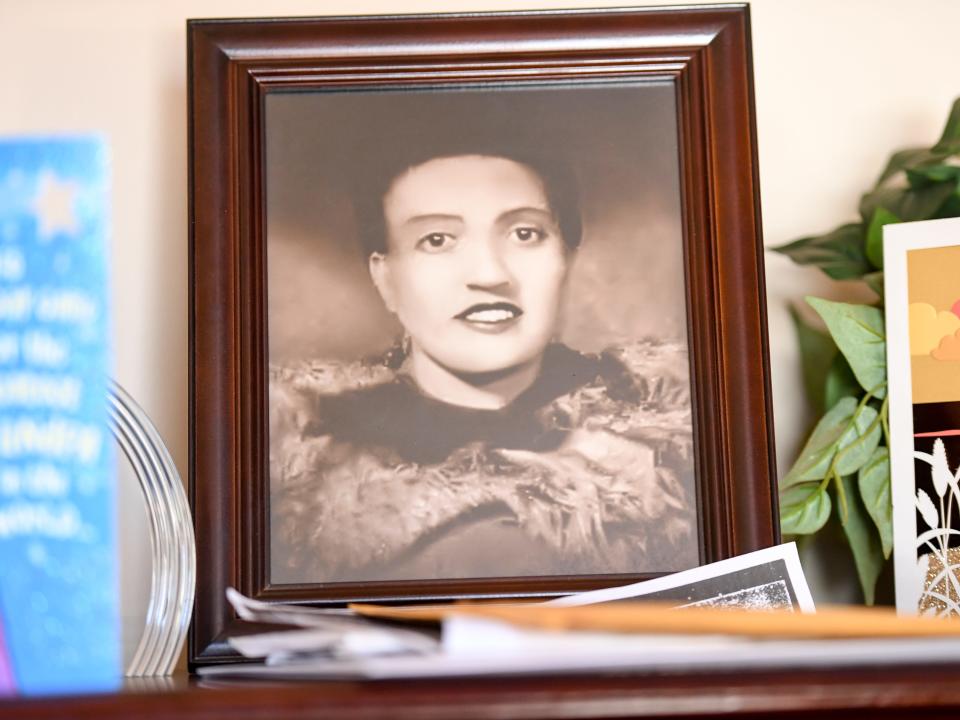
After her mother died when Lacks was 4 years old, her father sent her and her nine siblings to live with their maternal grandfather in a log cabin in Clover, Virginia. The cabin was once the slave quarters on the plantation that Lacks' white great-grandfather and great-uncle had owned.
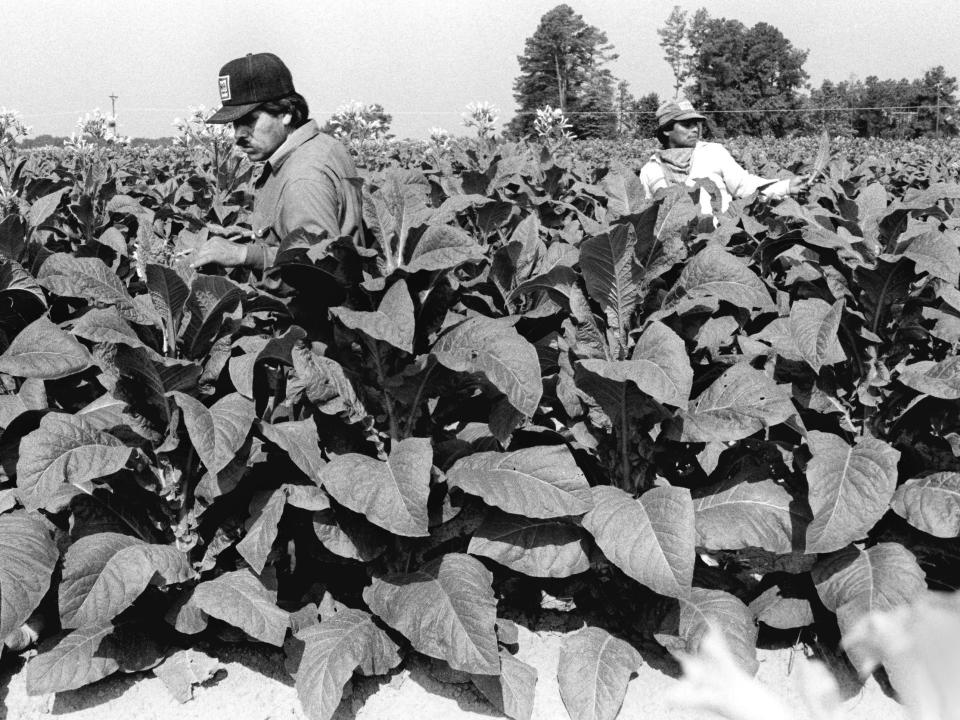
Lacks worked as a tobacco farmer starting from an early age, feeding animals, tending the garden, and working in the tobacco fields, according to her family.
She attended a designated Black school, but had to drop out to help support the family when she was in the sixth grade.
Lacks shared a room with her cousin, David 'Day' Lacks, whom she later married. When she was 14 years old, the two had a son named Lawrence. Four years later, they had a daughter, Elsie, who was born with developmental disabilities.
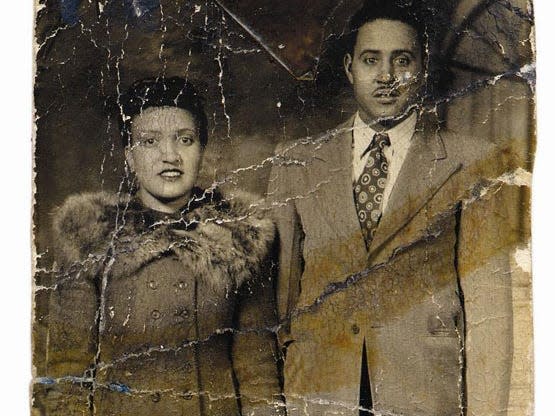
Elsie was committed to the Hospital for the Negro Insane (later renamed to the Crownsville Hospital Center), where she may have been abused and neglected prior to her death in 1955.
The couple moved to Baltimore after they got married in 1941 and had three more children, David Jr., Deborah, and Joseph. When she was pregnant with her last child in 1950, Lacks began feeling as though there were a knot inside her.
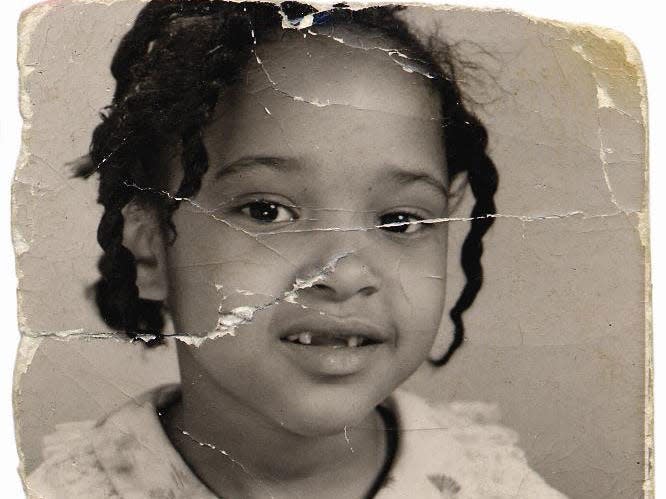
In January 1951, Lacks went to Johns Hopkins Hospital — the only hospital in the area that treated Black patients — after the 'knot' feeling in her stomach intensified. The doctors diagnosed her with cervical cancer.
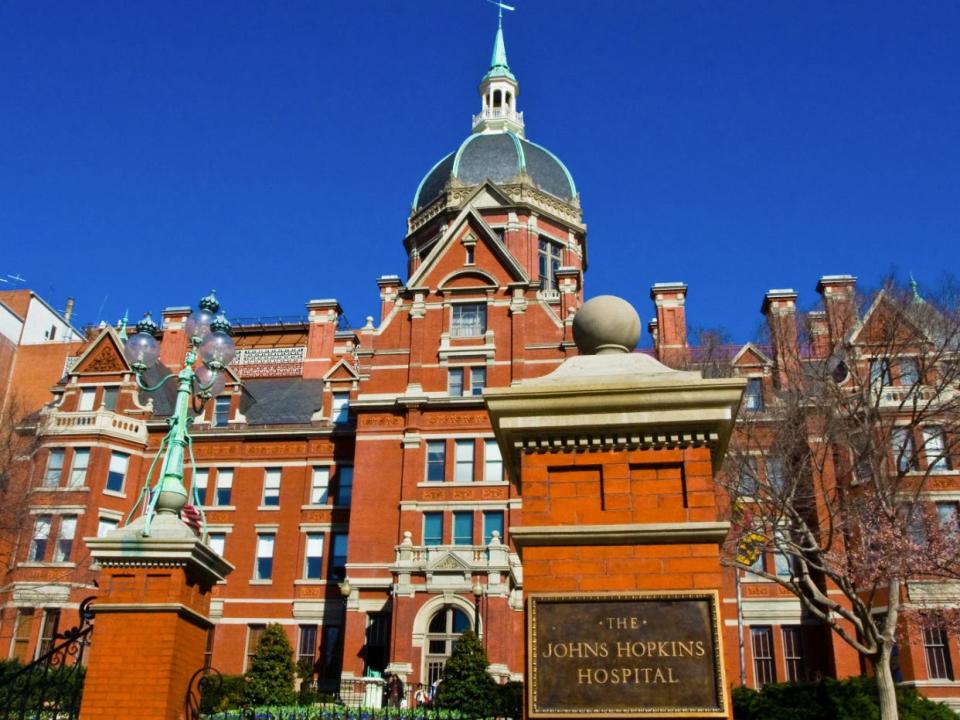
Lacks was treated with radium tube inserts, where little pouches containing radium tubes were sewn into the inside of her cervix. During the treatment, her surgeon obtained two tissue samples — one healthy and one cancerous — from her without her permission or knowledge.
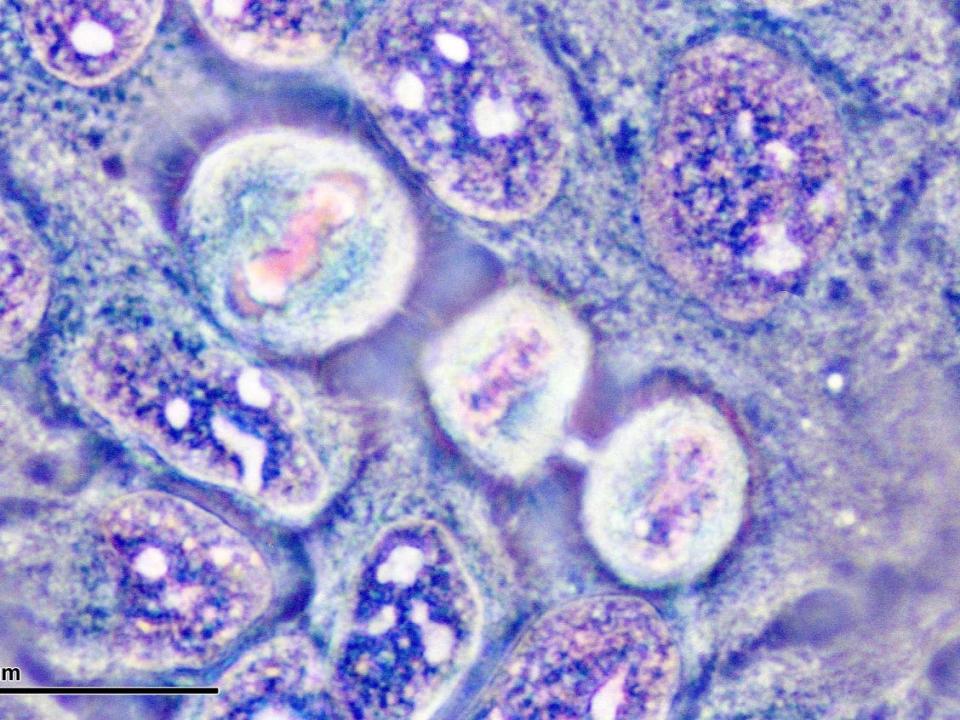
White doctors at Johns Hopkins in the 1950s allegedly preyed on poor Black women with cervical cancer by cutting tissue samples from their cervixes without their knowledge or consent, according to a lawsuit that Lacks' family filed afterwards.
This wasn't an uncommon occurrence: The US medical industry has historically run numerous experiments on Black people without their consent.
George Otto Gey, a physician and cancer researcher at Johns Hopkins, discovered that unlike most cells, which survived only a few days, Lacks' cells were not only far more durable, but also grew indefinitely. These cells were nicknamed 'HeLa' cells, after Henrietta Lacks.

Because the HeLa cells could be divided multiple times without dying, they became known as 'immortal.' The cells have been crucial to modern medicine, including the development of the polio vaccine, genetic mapping, and even COVID-19 vaccines.
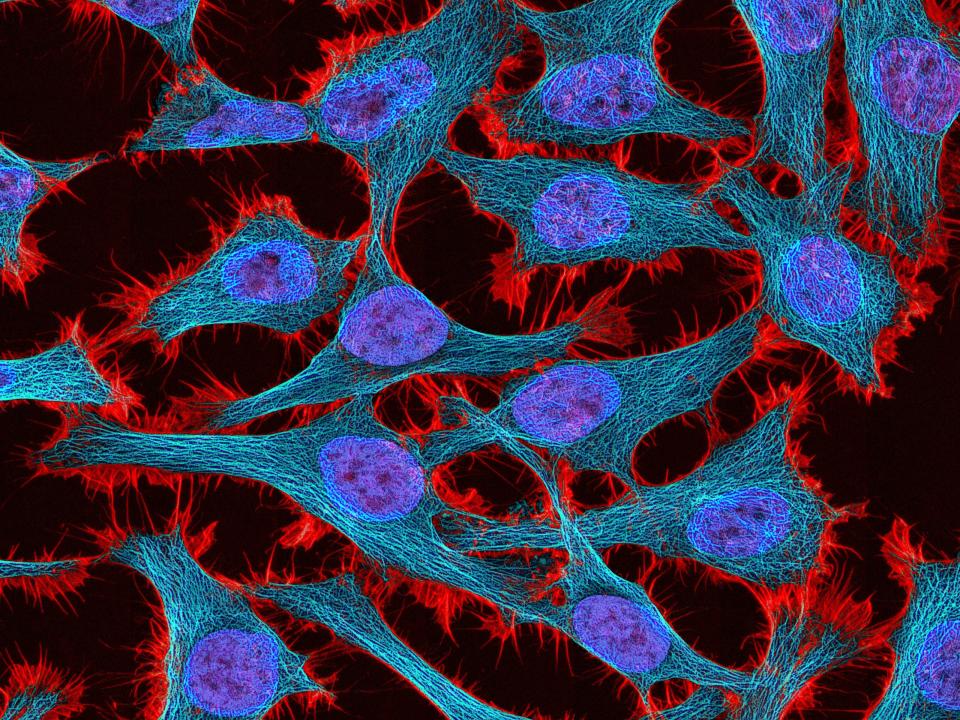
Lacks died at Johns Hopkins on October 4, 1951, at the age of 31. A partial autopsy showed that the cancer had spread throughout her entire body. She was buried in an unmarked grave in the family cemetery, but received a headstone in 2010.
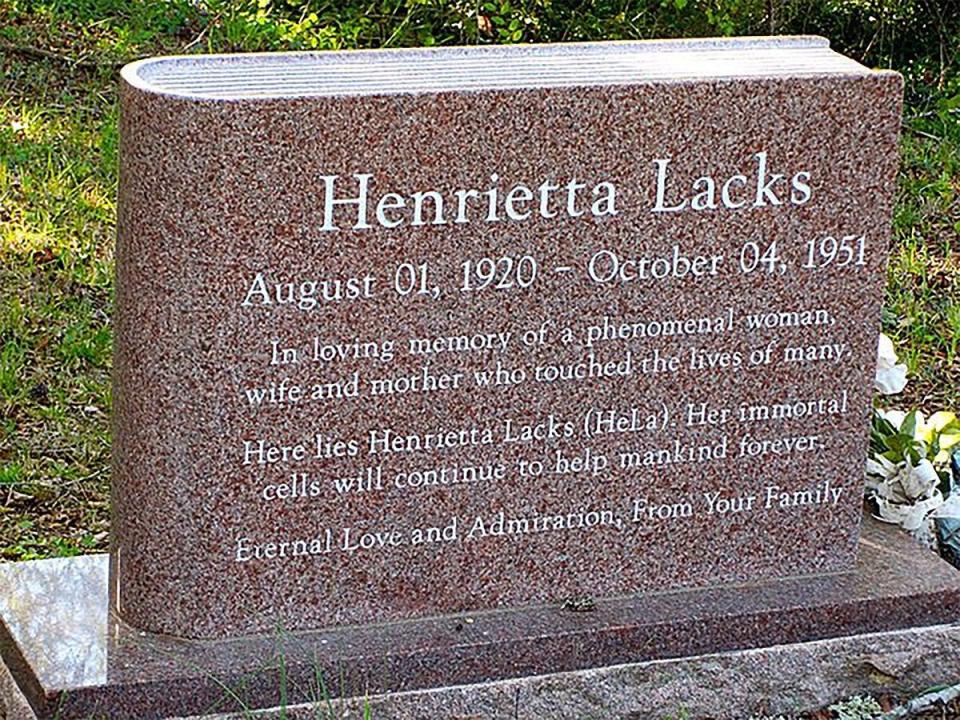
"In loving memory of a phenomenal woman, wife and mother who touched the lives of many. Here lies Henrietta Lacks (HeLa). Her immortal cells will continue to help mankind forever," the gravestone reads.
Despite the enormous impact of the HeLa cells on medicine research, the Lacks family had never been compensated for the estimated billions that companies made selling her cells.

In 2021, Lacks' heirs sued the drug company that used her cells for profit without her consent.
This year, more than 70 years after the doctors at Johns Hopkins took Lacks' cells, her descendants settled the lawsuit against the company. The announcement came on the anniversary of her birthday, August 1.
Read the original article on Business Insider

